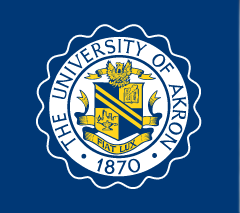Abstract
This article explores the impact of such a covenant on the characterization for tax purposes of expenditures to maintain the façade. In particular this article explores the following question: Given that the charitable easement holder owns a nonpossessory interest in the façade, which imposes on the charity an obligation to repair and maintain the façade and entitles it to benefit from increases in the value of the façade, is a donor's assumption of the charity's obligation to repair the façade an additional charitable contribution to the charity? If a donor gratuitously makes improvements to property owned outright by a charity, such improvements are deductible charitable contributions. Similarly, if a donor gives money to a charitable easement holder to enable it to maintain the property subject to the easement, such donations are deductible charitable contributions. This article goes one step further and asks whether a donor who assumes the cost of maintaining the charity's nonpossessory interest in the façade makes an indirect deductible charitable contribution to the charity when such repairs are made. Having done so, this article concludes that if the general rule imposes the obligation to repair the façade on the charitable easement on the easement holder, the covenant in which the donor assumes liability to repair the servient estate represents the donor's promise to make gifts in the future and that payments pursuant to such a promise constitute, to the extent of the charity's obligation to repair, additional indirect charitable contributions. This article also concludes that current law supports the allowance of a deduction for indirect, as well as direct, charitable contributions.
Treating a portion of the donor's maintenance expenditures as an additional charitable contribution is particularly advantageous to building owners who donate façade easements on their residences because it converts what would otherwise be a non-deductible personal expense, the cost to repair a personal use building, into a deductible charitable contribution. A charitable deduction for such costs helps defray some of the increased maintenance costs associated with maintaining the integrity of a historic building and encourages the preservation of the many historic residences that give character to our nation's neighborhoods.
Part II of this article discusses the rules for determining if a building is historic and worthy of listing on the National Register. Part II also discusses the relevant rules regarding easements and charitable contributions. Part III explores the question of whether a charitable easement holder should be obligated to repair the façade and, assuming the answer is yes, why repairs made by the donor are additional charitable contributions. Part IV contains a suggested reform, which, if adopted, would provide an administratively convenient method to determine the amount of the charitable contribution, a method that would treat all donors and the government consistently and fairly. Part IV also explains the impact of adopting such reform.
Recommended Citation
Jordan, Martha
(2007)
"Repairing Facade Easements: Is This the Gift That Launched a Thousand Deductions?,"
Akron Tax Journal: Vol. 22, Article 3.
Available at:
https://ideaexchange.uakron.edu/akrontaxjournal/vol22/iss1/3
